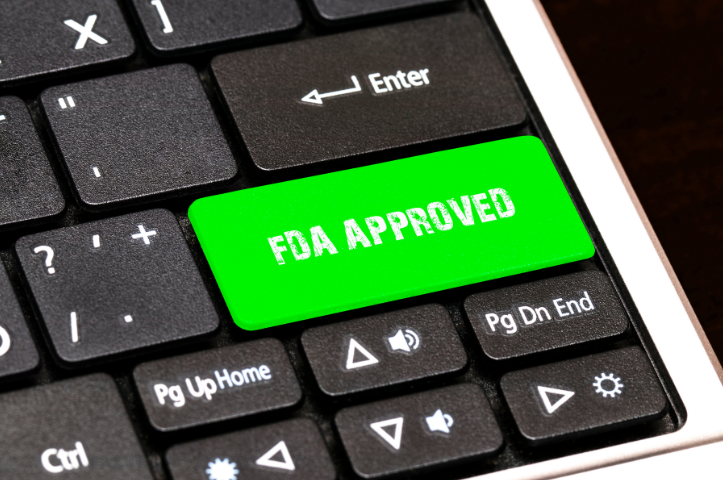Navigating the FDA registration process can be complex, but choosing the right pathway is key to bringing your medical device to market successfully.
1. Self-registration
FDA Class I and Class II Device Exemptions
Most Class I devices and some Class II devices are exempt from premarket notification requirements. However, this does not mean they are exempt from other requirements (regulatory controls under the FD&C Act – Sections 501, 502, 510, 516, 518, 519, and 520) unless explicitly exempted according to the regulation for that specific device type.
2. Premarket notification (510(k))
Most Class II devices and some Class I and III devices require the submission of a 510(k).
The device cannot be marketed until the applicant receives an order declaring the device to be Substantially Equivalent (SE). The SE determination is usually made within 90 days based on the information provided by the applicant. Once the 510(k) clearance is granted, the device can be marketed immediately. However, the applicant must be prepared for an FDA quality system inspection (21 CFR 820) at any time after receiving the 510(k) clearance.
3. De novo classification request
De Novo Classification Request
The De Novo request provides a marketing pathway for novel medical devices (Class I and II) for which general controls alone, or general and special controls, provide reasonable assurance of safety and effectiveness but for which no legally marketed predicate device exists.
There are two options for submitting a De Novo request:
1. After receiving a Not Substantially Equivalent (NSE) determination
• This occurs in response to a 510(k) submission when the device has no predicate, has a new intended use, or has different technological characteristics that raise new safety and effectiveness questions.
2. Without a prior 510(k) submission
• This occurs when the applicant determines that no legally marketed device can serve as a predicate and directly submits a De Novo request.
Before submitting a De Novo request to the FDA, applicants are encouraged to submit a Pre-Submission to receive feedback from the relevant premarket review department.
4. Premarket approval (PMA)
Premarket Approval (PMA) is the FDA’s scientific and regulatory process for evaluating the safety and effectiveness of Class III medical devices. Due to the high-risk nature of these devices, the FDA has determined that general and special controls alone are not sufficient to ensure their safety and effectiveness. Therefore, these devices require a Premarket Approval (PMA) application.
The PMA is the most rigorous type of marketing application required by the FDA. Applicants must obtain explicit approval before marketing the device.
The regulations governing PMA are found in Title 21 of the Code of Federal Regulations (CFR), Part 814 – Premarket Approval of Medical Devices.
Choosing the right FDA registration pathway is essential for compliance and market success. Each route has specific requirements, so careful planning is key. Seeking expert guidance can help streamline the process and avoid delays.
